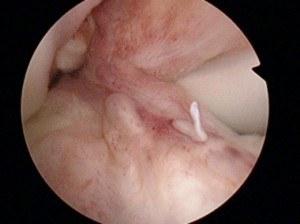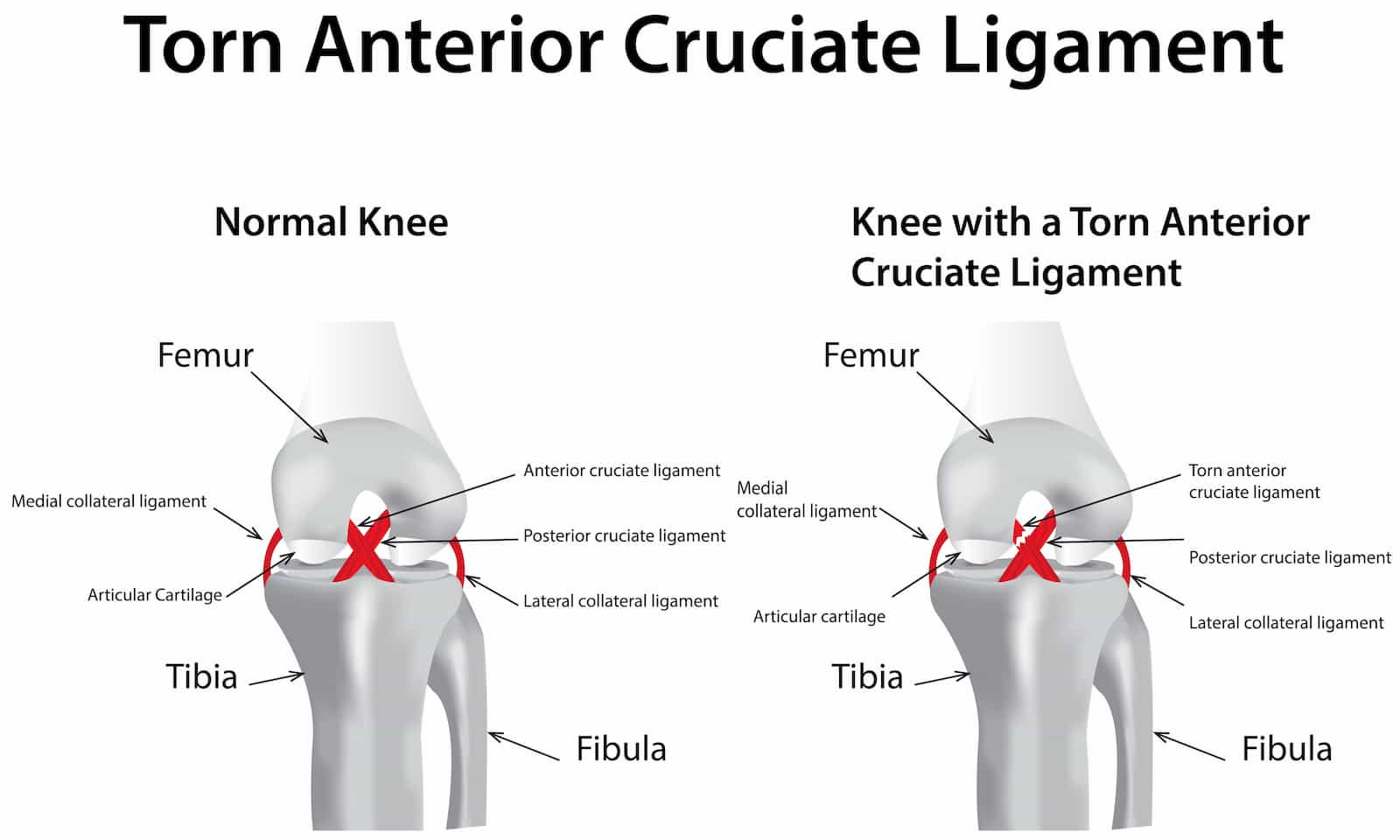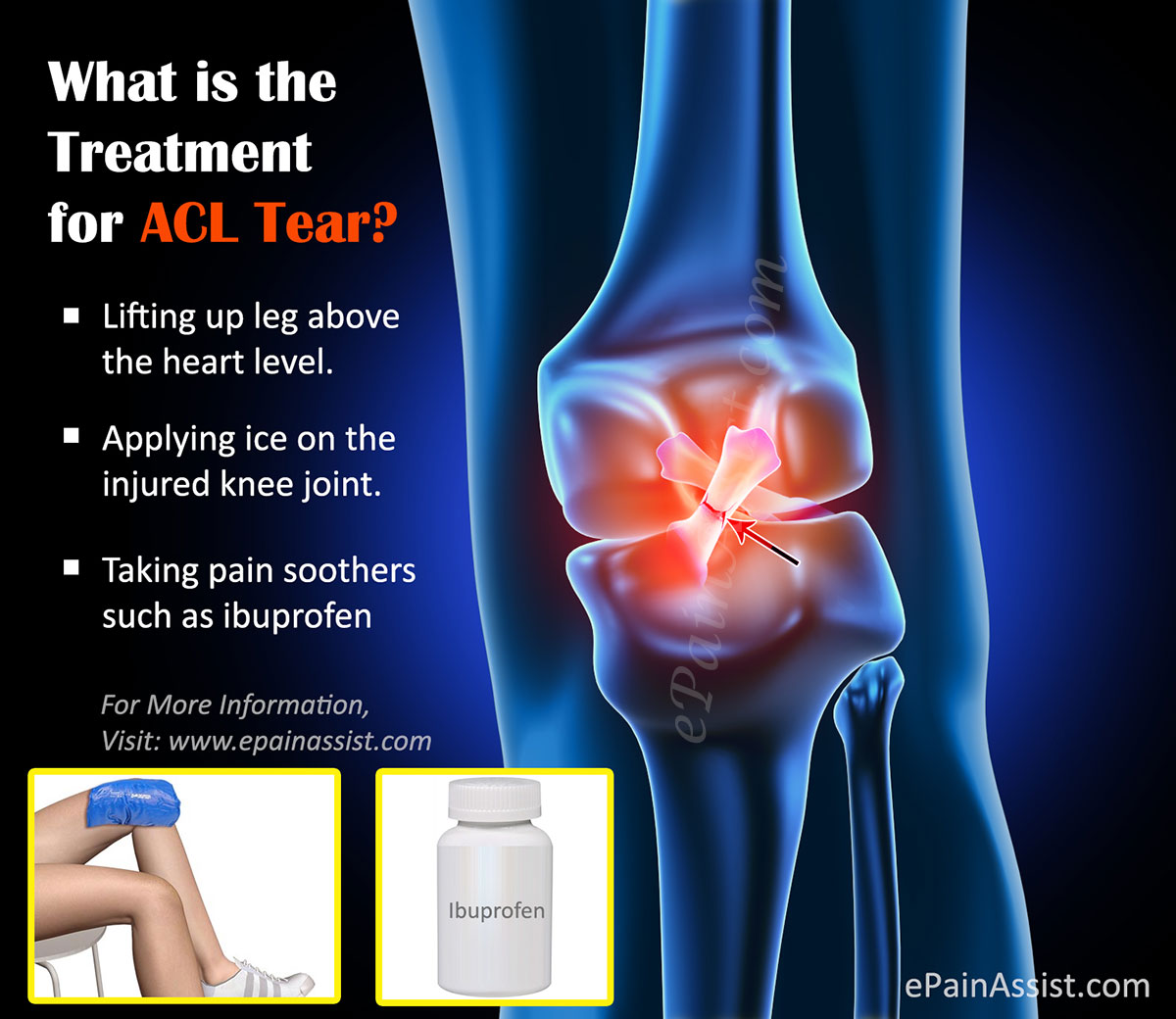
“Many ACL and meniscus injuries can be prevented if the muscles that surround the knee are strong and flexible, if you use proper form and technique, and if you maintain a baseline level of physical fitness year-round,” Dr. “Nonoperative treatment will tend to take three to six months, while surgical treatment may be six to 12 months,” Dr. “In some cases, it may even be quicker,” Dr. Injuries to the meniscus, whether or not they require surgical treatment, will generally take about three months to resolve.
#ACL TEAR SYMPTOMS FULL#
After surgery, you'll need to do rehabilitation exercises to gradually return your knee to full flexibility and stability. There are circumstances where surgery may be required, depending on the severity and location of the tear, your level of activity and if your knee remains painful despite rehabilitative therapy. Nonsteroidal anti-inflammatory medicine: to reduce pain and swelling.Physical therapy: exercises to strengthen the leg muscles that support your knee and restore function.Immobilization: wearing a brace or cast to prevent your knee from moving for a short time after injury.“A sports medicine specialist is an expert at diagnosing and treating meniscus and ligament injuries.” Non-surgical Options “Meniscus and ACL tears may be amenable to nonoperative treatment, but it’s important that you see a physician for a full evaluation,” Dr. While some injuries may require surgery, treatment of torn ACLs and meniscus begin conservatively. model of self-care: Rest, Ice, Compression and Elevation. Prompt first-aid care can help reduce pain and swelling after a knee injury. Usually swells up quickly-within 24 hours.Tenderness and pain along the joint line.


“You may even feel or hear a pop when the injury occurs.” Other symptoms might include: “The symptoms of an ACL tear will include a feeling that the knee has given away or shifted while the foot is planted and the knee is twisted,” Dr.

“A tear may be considered a partial tear, in which some of the structure is damaged, or a complete tear, in which a ligament or meniscus is torn in two or separates from the bone.” Symptoms of a Meniscus Tear and an ACL Tear Meniscus Tears “In general, a strain would be considered a stretch or partial tear but it usually doesn’t require any surgical intervention,” said Evan Lederman, MD, an orthopedic surgeon and chief of sports medicine at Banner – University Orthopedic and Sports Medicine Institute. A knee tear is an injury to one of the ligaments, muscles or layers of cartilage that support and stabilize the knee. Difference Between a Sprain, Strain and TearĪ knee sprain is a stretch or tear in a ligament, whereas a knee strain is a stretch or tear of a muscle or tendon.

While these are two completely different structures, injuries to both can occur at the same time during twisting maneuvers and range from mild sprains and strains to partial or complete tears. Meanwhile, the ACL is a band of tissue that runs through the middle of your knee and provides structural support for the knee during twisting and intense activities. The meniscus functions as a shock absorber and helps distribute weight between the upper and lower legs. Two of the most common sports-related injuries to the knees are to the meniscus, or cartilage, or to the anterior cruciate ligament, or ACL. If you played a sport or are an avid sports fan, you’ve seen players go down from a knee strain, sprain or tear. The knee is the largest joint in our body, making it the most susceptible to injury-affecting millions of people each year.


 0 kommentar(er)
0 kommentar(er)
